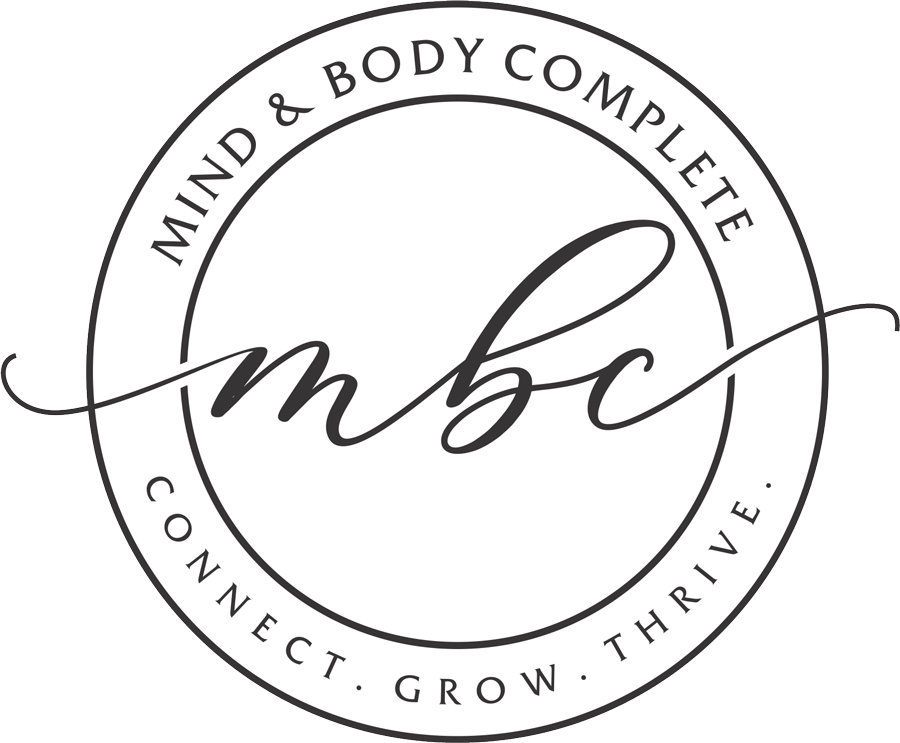Finding Balance: Tips for Managing Work-Life Harmony
In the modern world, achieving a healthy work-life balance can often feel like walking a tightrope. With the demands of work, family, and personal interests pulling in different directions, finding harmony between these aspects of life is crucial for overall well-being. This weeks blog delves into strategies for achieving a healthier work-life balance, highlighting the importance of setting boundaries, prioritizing tasks, and making time for activities that rejuvenate both mind and body.
Please note: there is no such thing as EVENLY balanced in both areas. It is a flow that constantly changes and shifts based on seasons of life. The goal is finding a work-life balance that works for YOU.
Setting Boundaries for Work and Life
One of the first steps in achieving work-life balance is setting clear boundaries between work and personal life. This means:
- Defining Work Hours: Stick to a set schedule for work, and be disciplined about starting and ending work at these times. This helps to create a clear distinction between work and personal time.
- Creating a Dedicated Workspace: If possible, work in a specific area of your home or office. This physical boundary can help you switch between work mode and home mode more easily.
- Communicating Availability: Make sure colleagues, clients, and family members are aware of your working hours and availability. This can help manage expectations and reduce work-related intrusions into personal time.
Prioritizing Tasks
Effective time management is key to achieving work-life harmony. Prioritizing tasks ensures that you focus on what is truly important and urgent, reducing stress and increasing productivity.
- Make To-Do Lists: Start each day with a list of tasks that need to be accomplished, ranked by priority. This helps in focusing your efforts on high-impact activities.
- Use Time Management Tools: Leverage calendars, apps, or planners to organize and schedule your tasks, helping you keep track of deadlines and meetings.
- Learn to Say No: Not every task or invitation needs to be accepted. Evaluate how each commitment aligns with your priorities and don’t be afraid to decline those that don’t fit.
Making Time for Rejuvenation
Balancing work with activities that rejuvenate the mind and body is essential. This not only relieves stress but also enhances productivity and creativity.
- Regular Exercise: Don’t roll your eyes! Incorporating physical activity into your daily routine can make a massive impact. Exercise is a powerful stress reliever and can boost your mood and energy levels.
- Mindfulness and Relaxation: Practice mindfulness, meditation, or yoga to calm the mind and reduce anxiety. These practices can help maintain your mental health and improve focus.
- Pursue Hobbies: Engage in hobbies or activities that bring you joy and relaxation. Whether it’s reading, gardening, painting, or playing an instrument, these activities can provide a much-needed break from work stress.
- Quality Time with Loved Ones: Ensure you spend quality time with family and friends. Social support is crucial for emotional well-being and can provide a respite from work-related pressures.
Embracing Flexibility
Achieving work-life balance is not about keeping a perfect schedule but rather about being flexible and adaptable to life’s ebbs and flows. Work demands, personal commitments, and individual needs can change over time, and so should your approach to balancing these aspects.
- Regularly Assess Your Balance: Periodically review your work-life balance to determine what’s working and what’s not. Be prepared to make adjustments to better meet your needs.
- Be Kind to Yourself: Not every day will be perfectly balanced, and that’s okay. Be gentle with yourself and recognize that striving for balance is a continuous process.
Conclusion
Finding balance between work and life is essential for maintaining health, happiness, and productivity. By setting clear boundaries, prioritizing tasks, making time for rejuvenation, and embracing flexibility, you can achieve a work-life harmony that suits your unique needs and circumstances. Remember, the goal is not to create a perfect equilibrium but to find a rhythm that feels sustainable and fulfilling.







